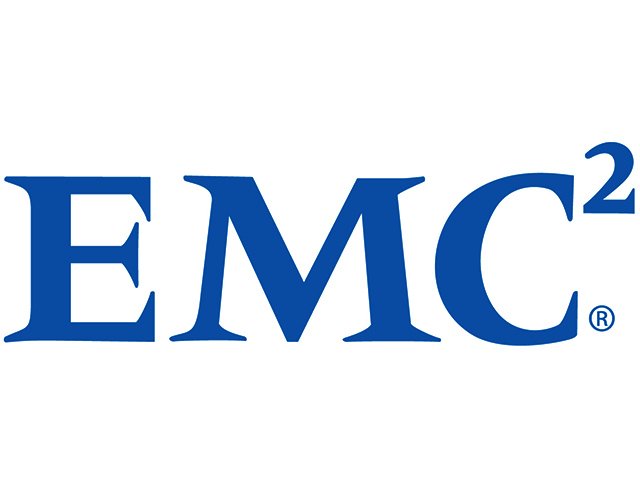Opinion by Ryan Noik
There are certain defining and watershed moments in the life of technology, where the IT landscape is inexorably altered, from that point forward. Whether for better or worse, one thing is certain, the industry won’t be the same as it once was.
The invention of the microprocessor, the launch of the iPad, the establishment of Google, are a few examples when we left one world of technology in favour of another. Dell’s merger with EMC may well end up being one such moment. The deal, which was concluded last week, sees the formation of the largest privately owned technology company. The size of Dell Technologies, however, is not really the most exciting part of this development. Rather, it is how strategic and vision led both Dell and EMC have aimed to be, over the past several years.
Who are you now?
The question that always arises after a merger is what exactly is this company now? The answer in Dell’s words, is that it is a family of businesses that provides the essential infrastructure for organisations to build their digital future, transform IT and protect their most important asset - information. It is more particularly a $74 billion juggernaut, whose stated main mission is to “solve problems faced by customers,” in an era that has become considerably more challenging.
Indeed, when the predominantly growing areas of IT include the likes of hybrid cloud, software-defined datacentres, converged infrastructure, platform-as-a-service, data analytics, mobility and cybersecurity, it is quite clear that there is a lot for businesses to contend with when it comes to IT. Any one of these would pose challenges and opportunities, but together they create a perfect storm of dramatic – and potentially revolutionary – change. Without a doubt, each are unavoidable parts of the fabric of the modern world and the digital age we live in.
The broader vision
What has become no less evident over the years is that Dell has been playing a long game, with a variety of targeted acquisitions being made in order to bolster its capabilities. Granted, Dell has been promising for quite some time that it aimed to reduce complexity for its customers, but it seems like its long term, and less widely spoken about, goal was to become synergistic, where the whole is greater than the sum of the parts, in its approach to the industry.
With the merger, this is much more apparent than it was three or four years ago, as Dell Technologies now consists of several distinctive components, including Dell, Dell EMC, Pivotal, RSA, SecureWorks, Virtustream and VMware.
Even more significant is how the merged company has stated its plans to operate – retaining the trust, service and global scale of a large enterprise but enjoying the agility and flexibility to innovate like a start-up and invest in R&D for the long term.
A large enterprise company that moves with the agility of a small start-up may sound like a contradiction in terms, but it is no less so than a small start-up that is able to now avail itself of the technologies and approaches previously reserved for multi-million dollar behemoths.
Signs of things to come
Indeed, the many discussions at previous years’ Dell Innovation Days, Solutions Tours and Enterprise Forums on the importance of agility, and then subsequently innovation, take on new light now in the bigger picture.
EMC, in its own right, has not exactly been afraid of the future or thinking of the bigger picture either, making its fair share of bold moves with big implications prior to the merger. But the combined might of two companies that both are on the same page with regards to embracing the future, rather than fearing it, fighting it or retreating from it – should give hope to the industry. More so, the argument could be made that it serves as a viable example for other companies, and how they need to respond - agilely, innovatively, boldly - in the 21st century as well.
For that reason, I suspect that one of the many impacts of Dell and EMC’s merge is that of changing the way businesses across the board are viewed. Slow, lumbering enterprises, resistant to change and trying to grow in the old ways are, I believe, fated to become this century’s dinosaurs, while collaboration in the name of continuous innovation has become the new playing field for success.





